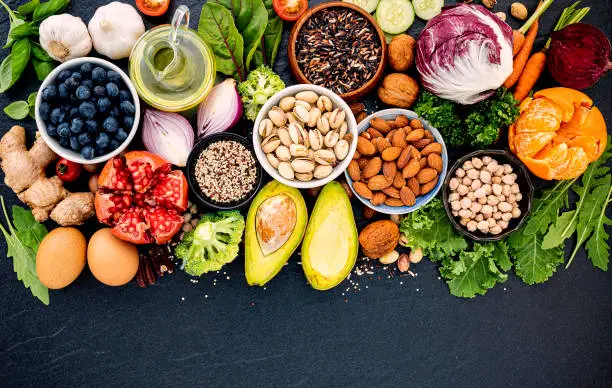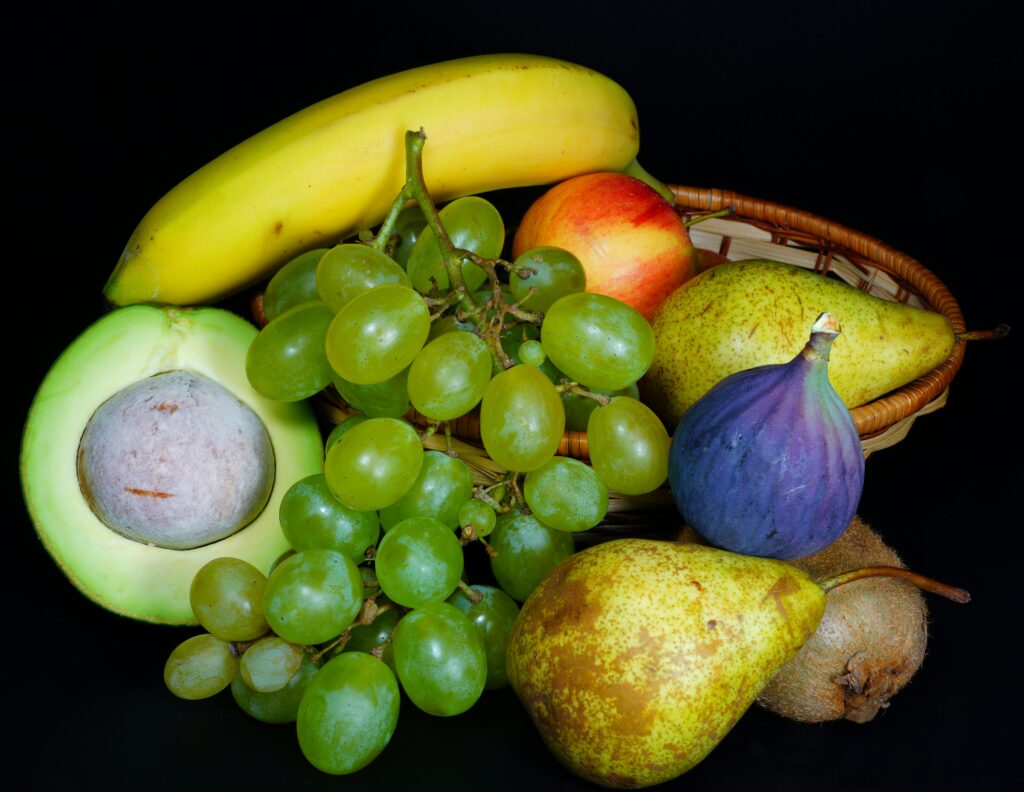Foods to Avoid Before and After Yoga Practice
Yoga is more than just a workout; it’s a holistic practice that nurtures the body, mind, and spirit. Whether you’re rolling out your mat for energizing sun salutations or a calming yin flow, what you eat plays a pivotal role in your experience. Consuming the wrong foods before or after yoga can lead to discomfort, reduced focus, and poor performance.
But don’t worry—we’ve got you covered. This detailed guide will walk you through which foods to avoid before and after yoga, and offer practical tips to elevate your practice with smarter food choices.
Foods to Avoid Before Yoga
A. Heavy, Fatty Foods

Foods high in fats take longer to digest and can leave you feeling sluggish. Imagine attempting a deep forward fold with a stomach full of greasy fries—not ideal. These foods also increase the risk of discomfort during poses, making it harder to stay present.
🔴 Avoid: Fried chicken, cheeseburgers, pastries, and creamy sauces.
✅ Tip: Opt for light and minimally processed foods instead, such as fresh fruits or a piece of whole-grain toast.
B. Large Meals

Practicing yoga soon after a heavy meal can lead to bloating, sluggishness, and even nausea. Why? Your body is directing energy toward digestion instead of supporting your practice.
🔎 Timing tip: Eat large meals at least 2–3 hours before yoga.
C. Excessive Liquids

While hydration is crucial, chugging large amounts of water or sugary drinks right before class can disrupt your flow. Too many liquids can cause discomfort during twists and compressions, and sugary beverages may lead to energy crashes.
🔴 Avoid: Soda, energy drinks, large water bottles 30 minutes before practice.
✅ Tip: Sip small amounts of water throughout the day.
D. Gas-Producing Foods

Eating foods known to cause bloating and gas might make certain poses uncomfortable (think downward dog or cobra). Foods like beans, broccoli, and cabbage take longer to digest, causing gas buildup.
🔴 Avoid: Beans, lentils, broccoli, Brussels sprouts, and onions.
✅ Tip: Stick to easily digestible snacks like a banana or a few almonds.
E. Caffeine and Stimulants

While a cup of coffee might feel like your morning savior, too much caffeine before yoga can bring jitters, anxiety, and restlessness. These effects disrupt your mental focus and make it harder to stay grounded.
🔴 Avoid: Double espressos, energy drinks, or pre-workout supplements.
✅ Tip: Swap your coffee with a calming herbal tea.
Foods to Avoid After Yoga
A. Processed and Sugary Foods

After yoga, your body craves nutrients to repair and refuel. Processed foods lack the nourishment your body needs and can trigger an energy crash.
🔴 Avoid: Candy bars, chips, sugary breakfast cereals.
✅ Tip: Have whole foods like fresh fruit, nuts, or oatmeal to sustain energy.
B. Heavy Protein

While protein is crucial for muscle recovery, consuming heavy sources such as large steak portions or rich protein shakes immediately after yoga can strain digestion.
🔴 Avoid: Fatty meats, protein bars with added sugars, or dense protein drinks.
✅ Tip: Try lighter options like Greek yogurt, lentil soup, or a small piece of tofu.
C. Acidic Foods

After intense yoga sessions, acidic foods can irritate your stomach, especially if you practiced on an empty stomach.
🔴 Avoid: Oranges, lemons, tomatoes, or vinegar-based dressings.
✅ Tip: Choose alkalizing foods like leafy greens or avocado.
D. Overeating

Your body wants nourishment, but overeating post-yoga can leave you feeling sluggish and unbalanced. Master mindful portions instead.
🔴 Avoid: Massive portions or buffet meals.
✅ Tip: Listen to your body and stop eating when you feel satisfied.
E. Alcohol

Alcohol dehydrates the body, hindering recovery and diminishing your yoga gains. Plus, it disrupts sleep, which is crucial for muscle repair.
🔴 Avoid: Beer, wine, or cocktails.
✅ Tip: Rehydrate with coconut water or chilled herbal tea instead.
Best Foods to Eat Before Yoga
A. Light and Easily Digestible Options

Fuel your body with gentle foods that provide quick energy without weighing you down.
🥝 Examples: A banana, a handful of berries, or a small bowl of yogurt.
B. Hydrating Foods

Maintaining hydration levels helps you power through even the most demanding vinyasas.
💦 Examples: Watermelon slices, cucumber sticks, or celery.
C. Small Portions of Healthy Carbs

Healthy carbs keep you energized and prevent stomach grumbles mid-practice.
🥣 Examples: A whole-grain cracker, half a sweet potato, or oatmeal with a drizzle of honey.
Best Foods to Eat After Yoga
A. Protein-Rich Foods
Protein helps rebuild muscle tissues after a rigorous yoga session.
💪 Examples: Hard-boiled eggs, a handful of nuts, or cottage cheese with a sprinkle of flaxseeds.
B. Complex Carbohydrates
Replenish your energy stores and restore glycogen levels with slow-digesting carbs.
🥔 Examples: Brown rice, roasted quinoa, or a slice of whole-grain bread.
C. Hydrating Foods and Drinks
After countless flows and stretches, rehydrating supports recovery.
🌴 Examples: Coconut water, herbal teas, or a smoothie loaded with greens.
Timing Your Meals
A. Pre-Yoga Meal Timing
Always allow your body time to digest before yoga. Stick to light snacks 1–2 hours before practice.
B. Post-Yoga Meal Timing
Refuel within 30–60 minutes after practice to maximize recovery. Balance protein and carbs for optimal results.
People Also Ask (PAA)
What should I eat before morning yoga?
Light options like a banana, a small smoothie, or a piece of toast work best.
Is it OK to do yoga on an empty stomach?
Yes, especially for morning sessions, but listen to your body. If you feel lightheaded, opt for a quick, light snack.
What is the best post-yoga snack?
Try a Greek yogurt bowl with fresh berries, a handful of almonds, or quinoa salad.
Can I drink coffee before yoga?
It’s better to skip the coffee. Opt for a calming herbal tea instead to promote focus and relaxation.
Fuel Your Yoga Practice with Smarter Choices
The food you eat directly impacts your yoga experience. By avoiding heavy, processed, or sugary foods, and opting for nourishing, balanced options, you’ll help your body thrive on and off the mat.
Want more yoga optimization tips? Subscribe to our newsletter for personalized insights and recipes to fuel your flow!
